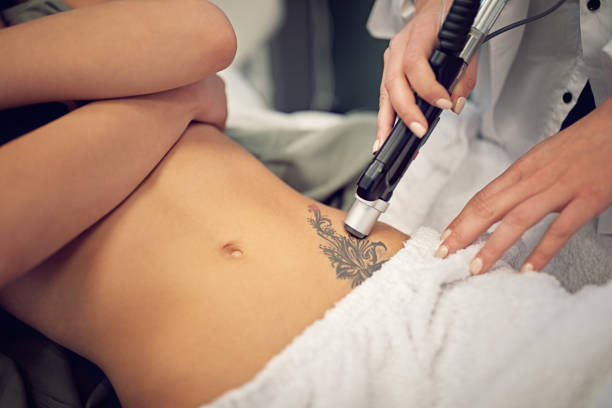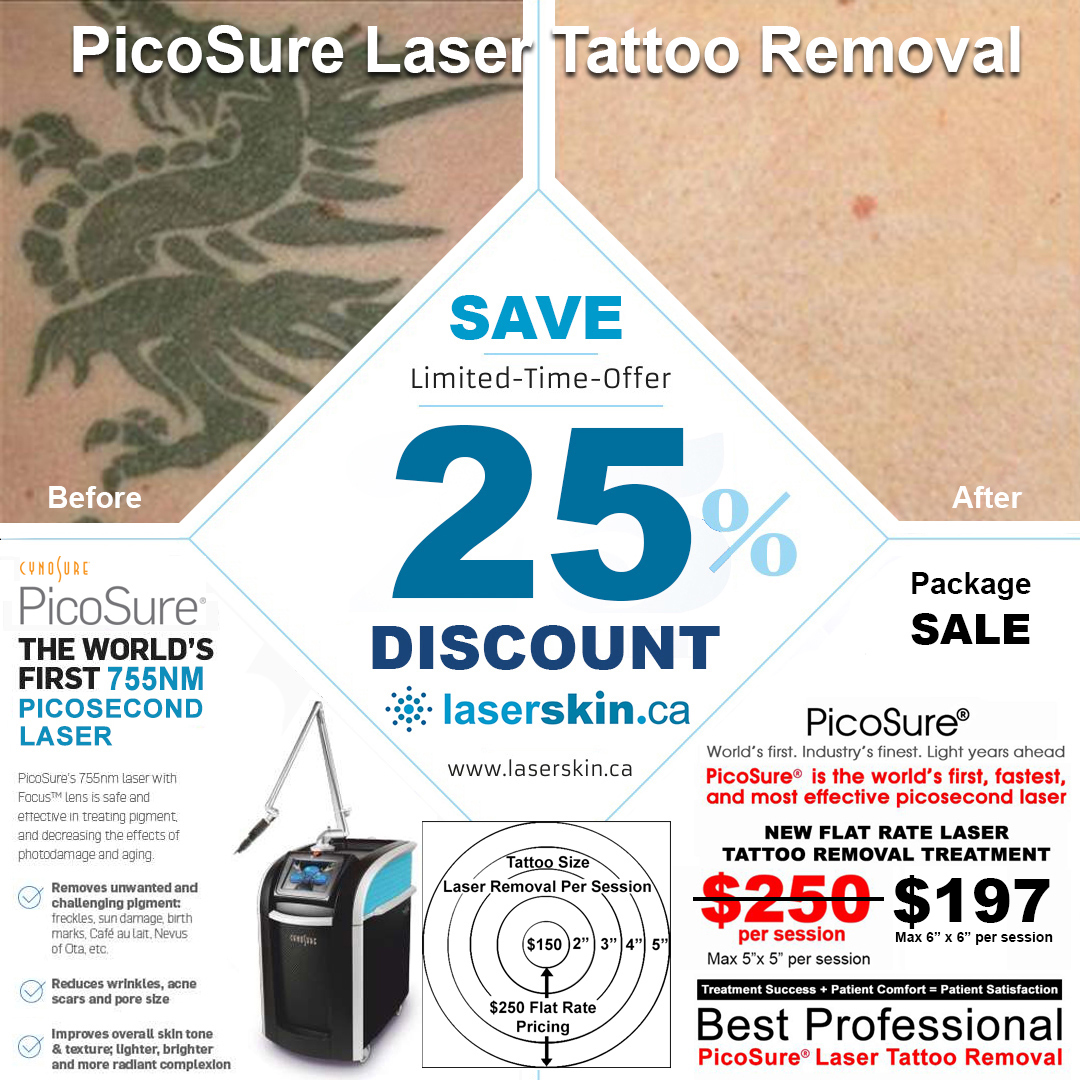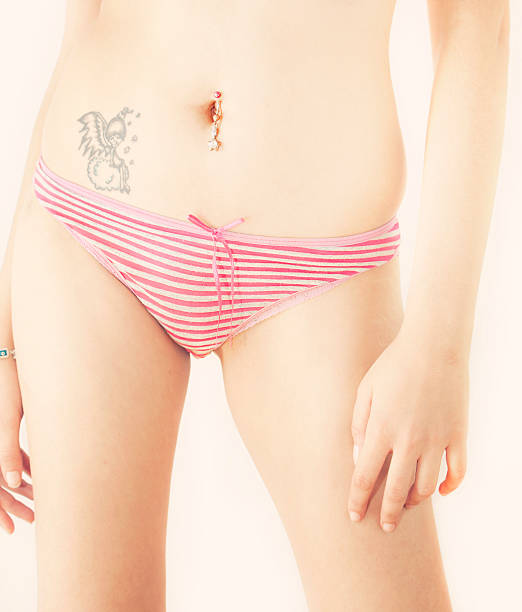How Much Does Laser Tattoo Removal Cost ? Do you regret getting a tattoo but worry about the cost of removing it with laser technology? You are not alone. Many people have at least a small amount of body art that they no longer want. With our reasonably priced laser tattoo removal services, you can […]
How Much Does Tattoo Removal Cost
How Much Does Tattoo Removal Cost Are you thinking about having some tattoos removed? Removing tattoos can be done via dermabrasion, surgical excision, or laser technology. The majority of tattoos can be removed. However, some are far more difficult to do so than others. For instance, stick-and-poke and older tattoos are simpler to get rid […]
Laser Tattoo Removal Toronto
Laser Tattoo Removal Toronto In need of tattoo removal in Toronto using a laser? The PicoSure from Cynosure is the gold standard in tattoo removal lasers, and we utilize it in our Toronto clinic. To remove tattoos effectively, the PicoSure laser was the first to use picosecond pulse durations at wavelengths that are optimum for […]
Tattoo Removal Cost
Tattoo Removal Cost Tattoo removal in Toronto – how much does tattoo removal cost? According to the ASPS (American Society of Plastic Surgeons), the average cost of laser tattoo removal in 2020 will be USD 423 (not counting related expenses). What is the cost of having a tattoo removed in Toronto? We offer a FLAT […]




